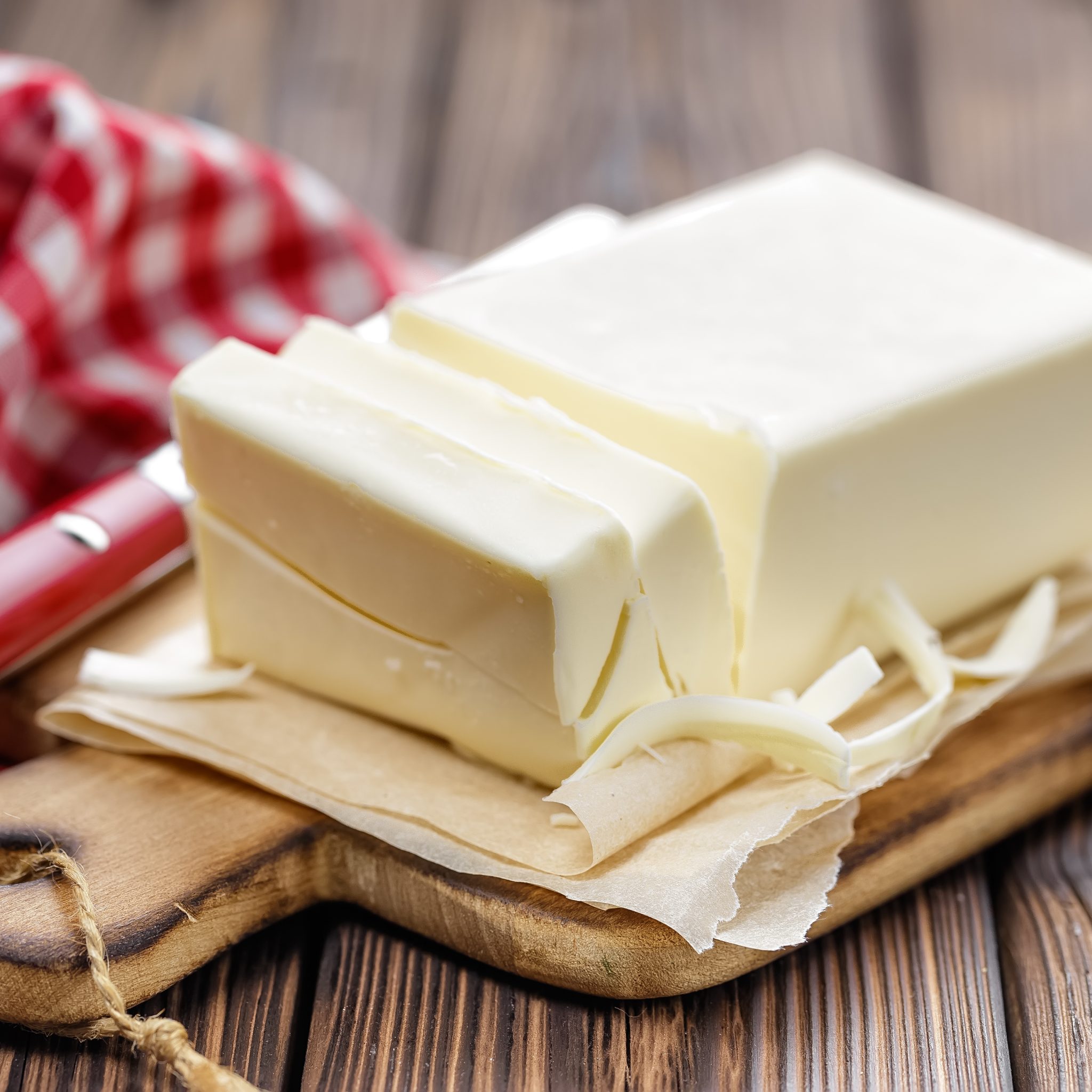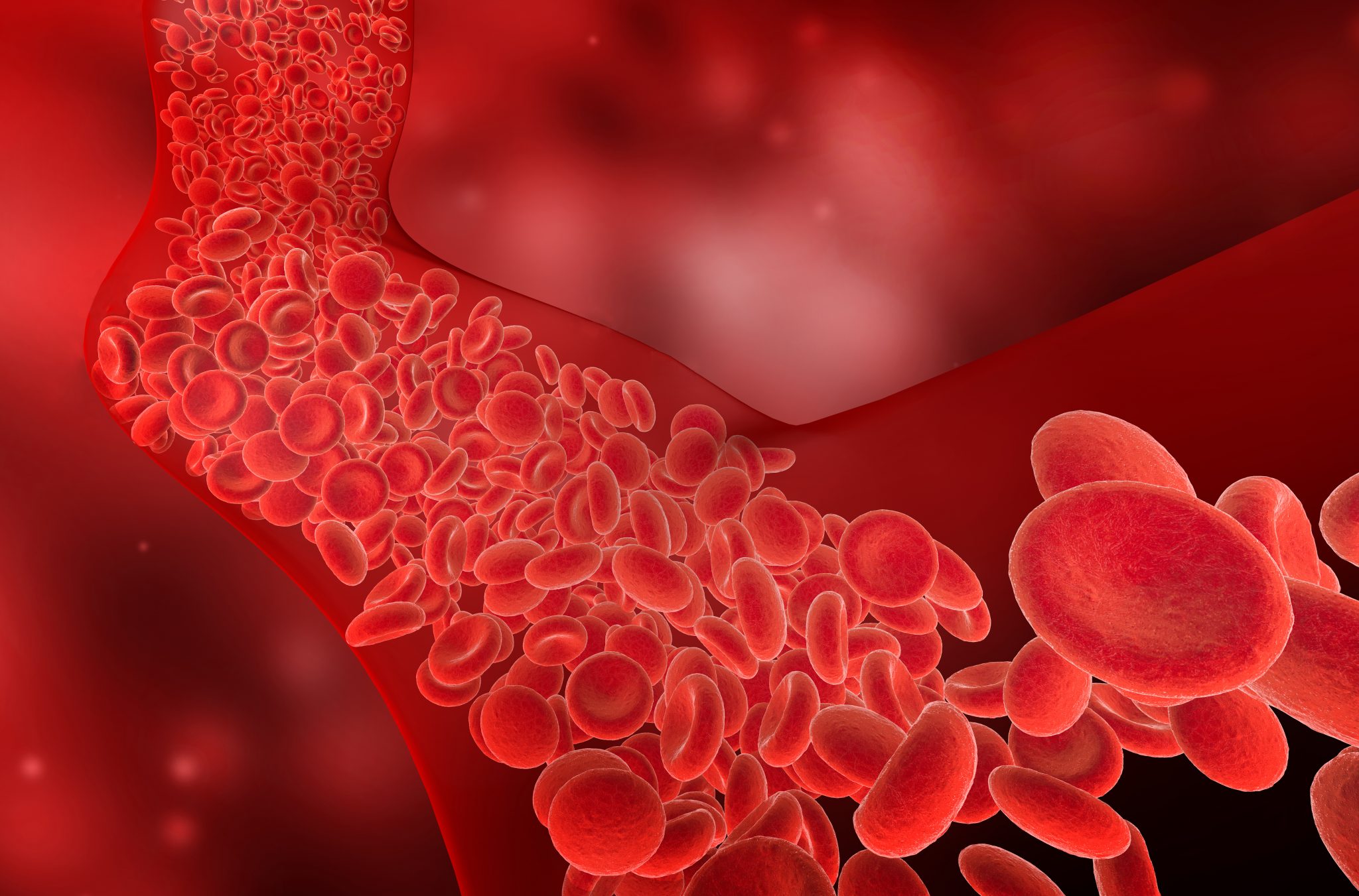Spider Veins: How Are Spider Veins Removed?
You must have heard of the term spider veins; it’s a pretty common trouble these days. Previously, we didn’t know much about them; however, now with all due credit to the ever-evolving medical technology, we are able to understand them better and treat them. It’s almost unbelievable how far we’ve come from not knowing enough to treating them in the most comfortable and least invasive manner.
Even though there’s a lot of buzz around treating spider veins lately, not everyone knows what they are exactly or how to prevent and treat them. Therefore, we took it as our prime responsibility to help you figure out a way of getting rid of them and also explain what they are and why a person gets spider veins.
Spider Veins: What and why?
For all those who don’t know, spider veins are basically small damaged veins that usually appear on the surface of the legs and face. These are purple, blue or red colored vessels. The reason they are so-called spider veins is their web-like appearance. Furthermore, they may also appear in the form of lines or branches; therefore, they are also sometimes referred to as thread veins.
Now you must be wondering are these actually painful? Well, not really but they can be. The major reason people get them removed is because of cosmetic purposes more than anything else.
How do these veins get damaged in the first place and what are the possible risk factors which make you vulnerable to them? Well, let’s take a look at the causes to find out!
Causes
Veins are the blood vessels that carry blood back to the heart from all over your body. Therefore, veins have one-way valves inside them to prevent any backflow of blood. Now, spider veins are actually caused if these valves are damaged or are non-functional. If the valves in the veins weaken or are damaged, then blood struggles to flow in just one direction and begins to pool inside the vein itself. Over time, a bulge starts to form which eventually branches out to give a spider web-like appearance.
The two most common places for spider veins to appear are your legs and your face. The spider veins on your face are often the result of tiny blood vessels bursting. Even though there are many causes of this, the two major ones are increased pressure and sun damage.
People often confuse two common terms that are spider veins and varicose veins. These are two different things. Spider veins are tiny and small with blue and purple coloration. Furthermore, they may be uncomfortable in some cases, but most commonly these are painless. However, varicose veins are much larger and deeper veins. These often appear to be red and flesh colored and are twisted and lumpy. The symptoms for both of these are different.
With varying severity the symptoms of varicose veins may include:
- Pain
- Bleeding
- Itching
- Swelling of lower limb
- A heavy feeling in the legs
Varicose veins may leave or increase the chances of circulation problems in a person. Furthermore, they can also form blood clots.
Let’s look at the factors which put you at risk of developing spider veins:
- Pregnancy
When you’re expecting, there is extra weight from the baby plus increased blood circulation in your body which puts quite a lot of pressure on your legs, making you vulnerable to spider veins. Some people get them after pregnancy, and these might be permanent.
- Obesity
If you are overweight, you are most likely to suffer from spider veins due to the pressure the weight puts on your body.
- Hormones
The hormone estrogen can weaken the valves of your vein and therefore increase the risk of spider veins. Hormone-regulated birth control and hormonal treatments for menopause are possible reasons for spider veins.
- Genetics
The vast majority of people suffering from spider veins have a family history of getting them.
- Sun damage
The harmful ultraviolet light from the sun can cause damage to blood vessels especially those of the face.
Treatments
With the advancement in medical technology, we are now able to treat and remove spider veins successfully. Some known methods to remove spider veins are sclerotherapy, closure system, laser treatment, EVLT, and surgery.
- Sclerotherapy
This method basically involves the healthcare professional injecting an irritant directly in your vein. This causes irritation in the walls of the veins, causing them to stick together and keep the blood flowing.
- Closed system
This is very similar to sclerotherapy. In this procedure, a sticky substance in entered into your affected blood vein which closes it off from the blood flow and causes it to disappear over the course of time.
- Endovenous Laser Therapy (EVLT)
This is a relatively new treatment procedure for treating spider veins and small varicose veins. During this procedure, a small incision will be made in your vein to insert a laser fiber in it. This fiber conducts heat to the vein and causes it to collapse.
- Laser treatment
This treatment is targeted to treat veins smaller than 3 mm. The spider vein is treated with a strong, focused beam of light which causes it to clot and dry.
- Surgery
This isn’t a very commonly suggested method. Doctors do not generally perform surgeries on patients with small spider veins or small varicose veins even it is only performed for larger varicose veins.
What to do next
Prevention is always better than cure. The better way to deal with spider veins is to prevent them from happening. Always wear sunscreen while going out. Furthermore, do not wear tight clothes and do not put a lot of pressure on your limbs. It’s always better to avoid standing or sitting for long intervals of time as this is often observed when people are too busy on their phones they lose track of time. This could be bad for your health anyways. There is a variety of treatments now available to help you deal with this hassle of yours, therefore, do not be afraid to reach out to your doctor if spider veins are providing you with any discomfort. Consult a physician before going for any treatment.





